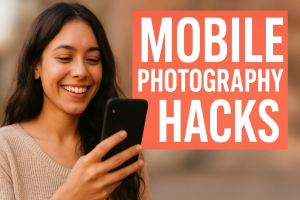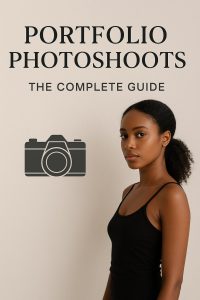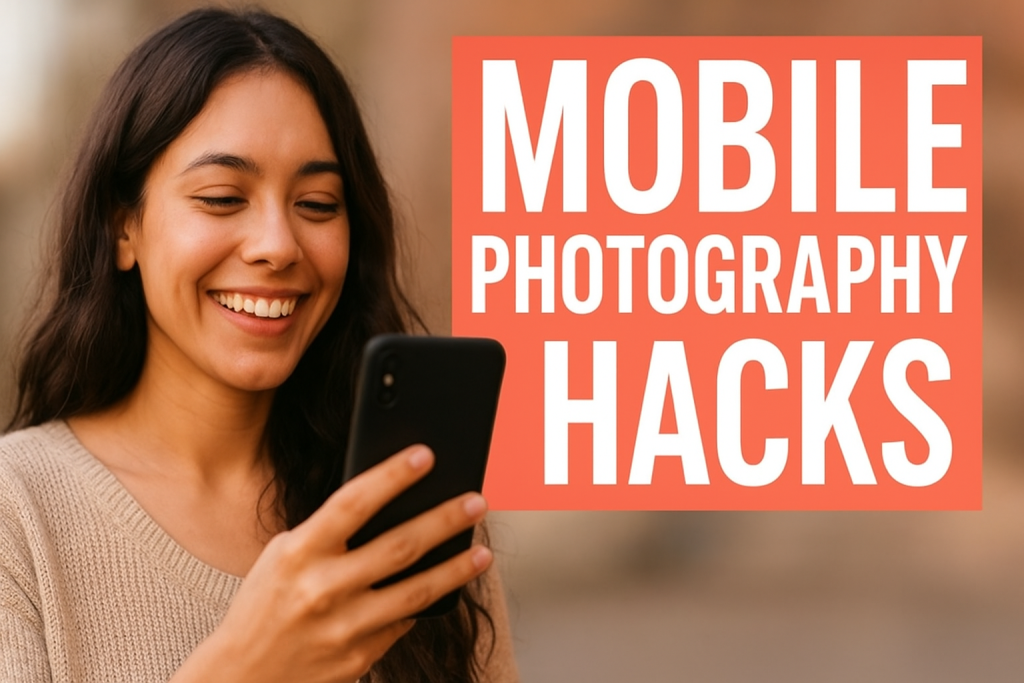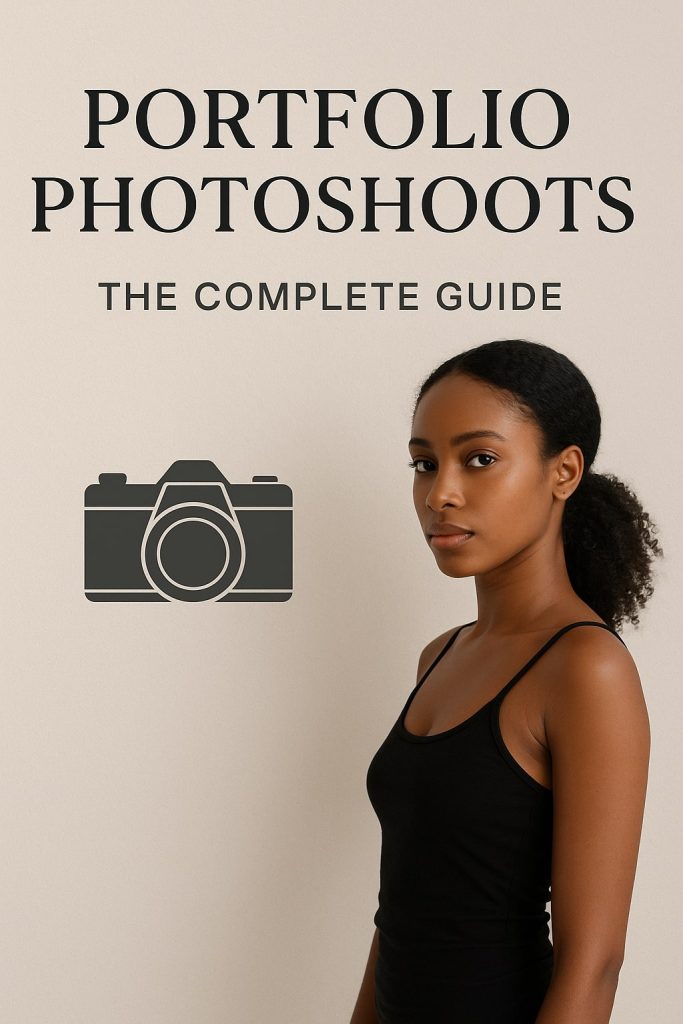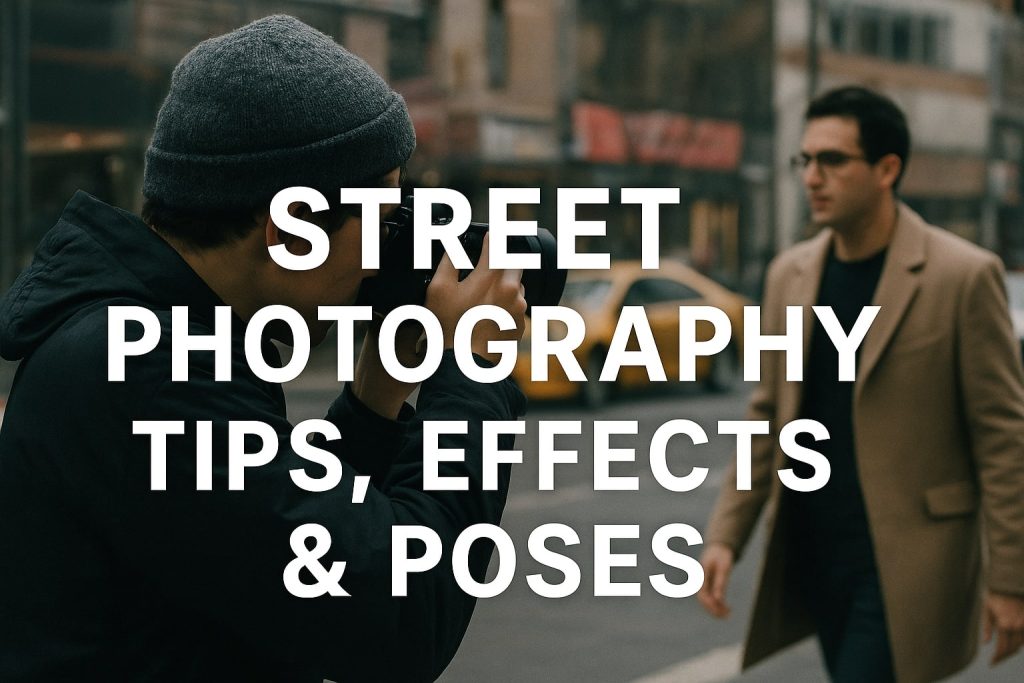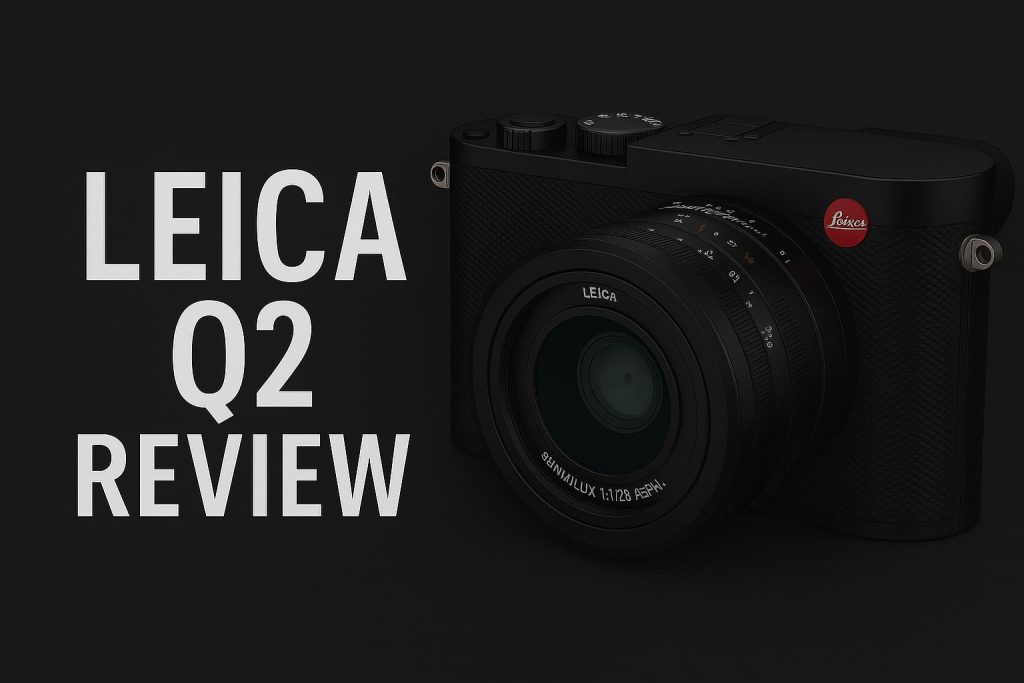Why Sarong Product Photos Matter for E-Commerce
In the highly visual world of e-commerce, product photography plays a critical role in capturing a customer’s attention and influencing their purchase decision. When it comes to sarongs—an elegant, versatile, and cultural piece of clothing—product photos must convey their texture, color, flow, and styling possibilities. This comprehensive guide will walk you through every aspect of creating stunning sarong product photos for e-commerce. With over 10,000 words of insights, tips, and techniques, this blog is a go-to resource for photographers, e-commerce business owners, and aspiring professionals.
1. The Importance of Quality Sarong Product Photos
1.1 First Impressions in E-Commerce
- A high-quality product photo is often the first interaction customers have with your brand.
- Sarongs require detailed images to showcase their unique patterns, vibrant colors, and flowing material.
1.2 Building Trust Through Authentic Photography
- Clear, well-lit photos reflect professionalism and build trust with potential buyers.
- Authentic visuals help customers understand what they are buying, reducing return rates.
1.3 Why Sarongs Deserve Special Attention
- Sarongs often have intricate designs, requiring close-ups.
- They serve multiple purposes—clothing, accessory, or décor—so showcasing versatility is essential.
2. Preparing for a Sarong Product Photoshoot
2.1 Choosing the Right Sarongs for the Shoot
- Variety: Include a range of sarong types (tie-dye, batik, hand-painted).
- Condition: Ensure sarongs are wrinkle-free and in pristine condition.
- Diversity: Showcase styles that appeal to various demographics and uses.
2.2 Studio vs. Outdoor Setup
- Studio Benefits: Controlled lighting, consistent backgrounds, and fewer distractions.
- Outdoor Benefits: Natural lighting for vibrant colors and a lifestyle context.
2.3 Assembling Your Team
- Photographer: Ensure they have experience in product and fabric photography.
- Stylist: A professional stylist can enhance the sarong’s appeal by demonstrating its versatility.
- Model: Choose models with diverse body types to appeal to a wider audience.
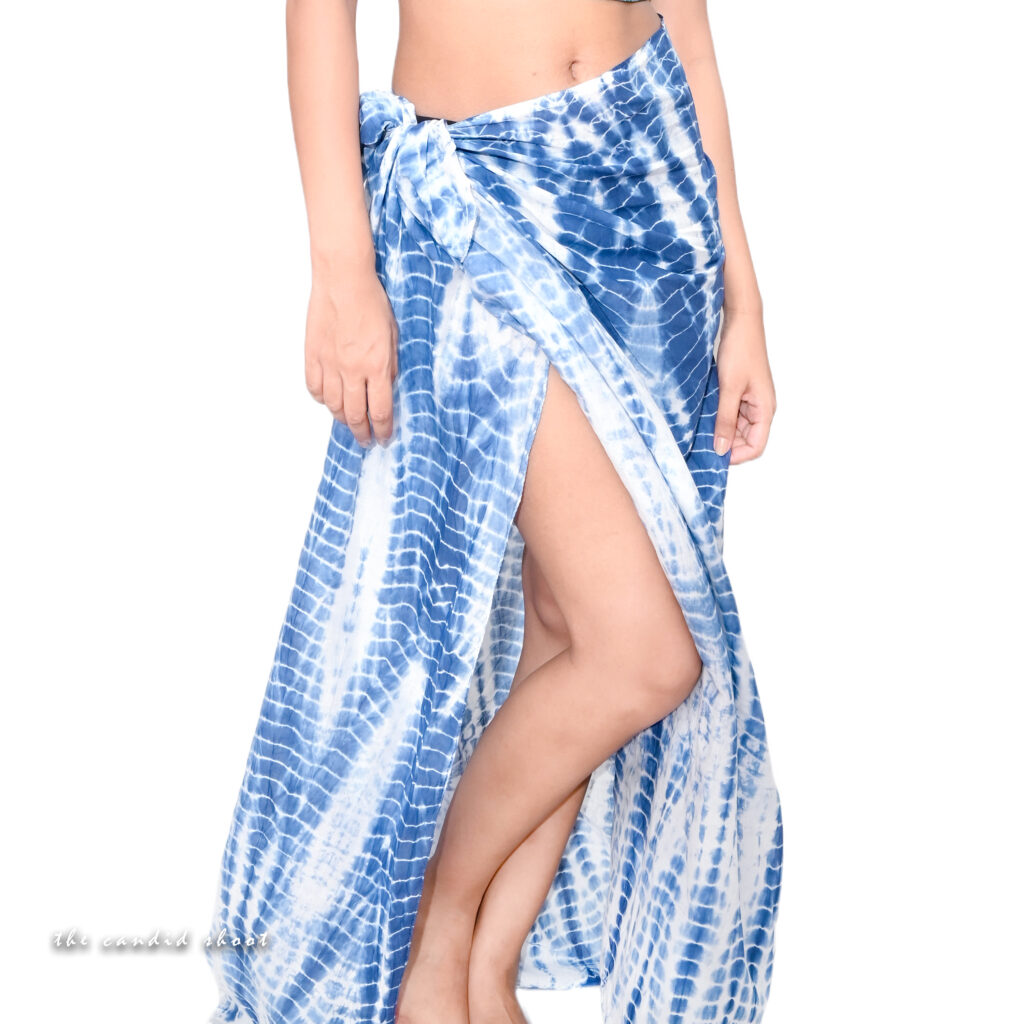
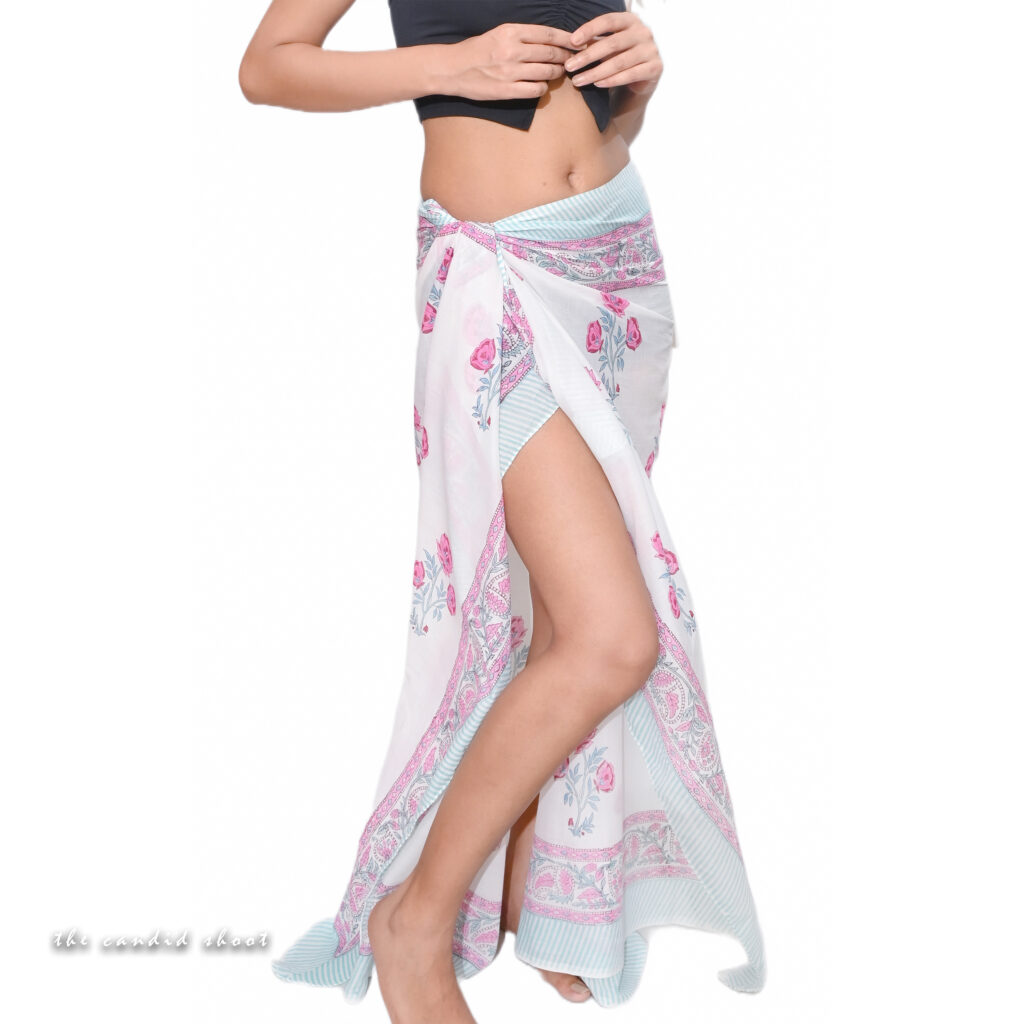
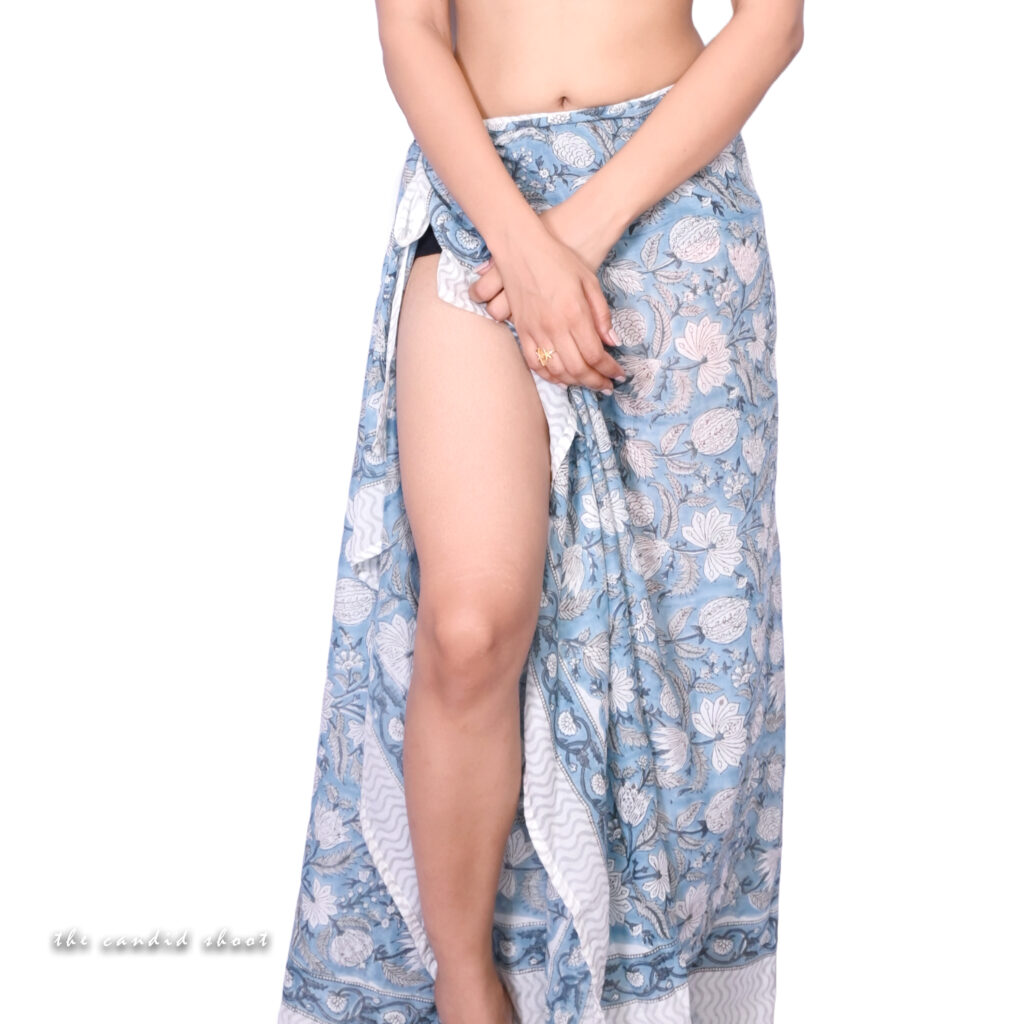
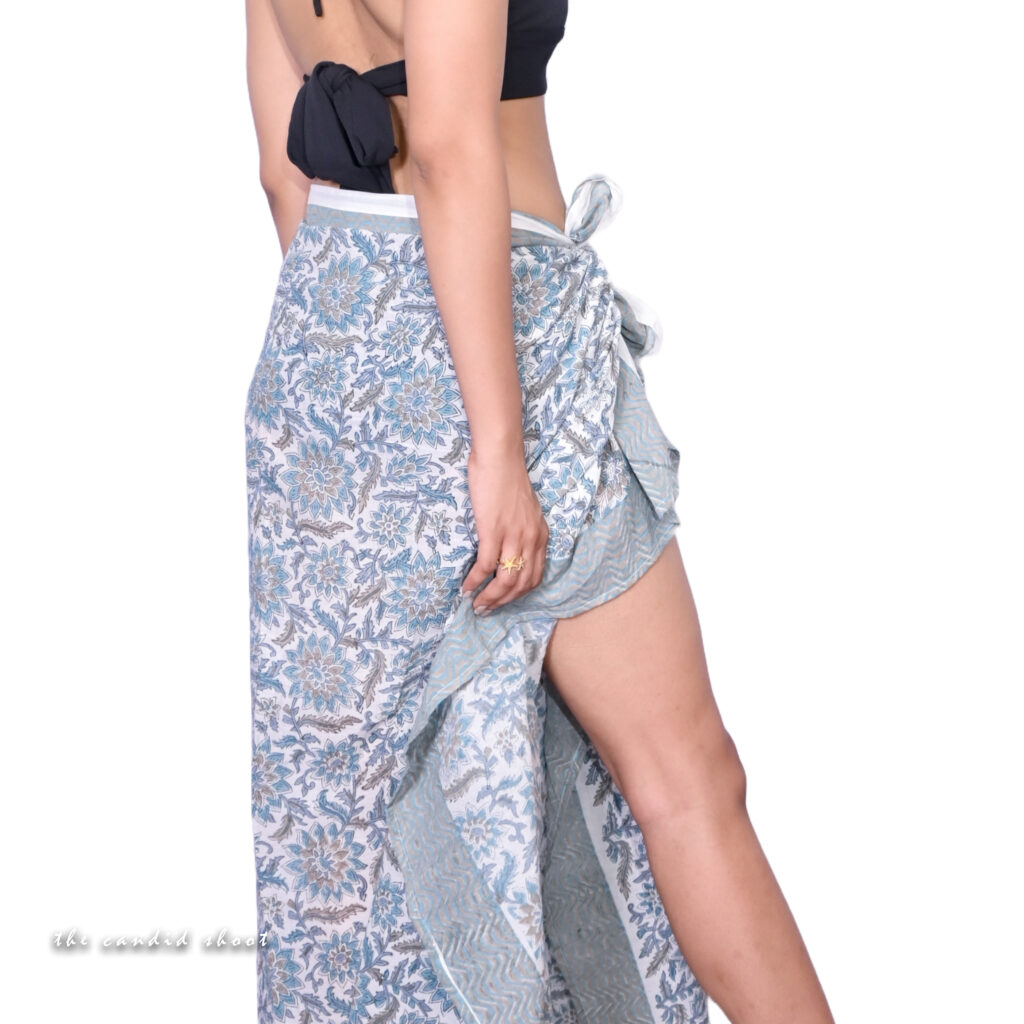
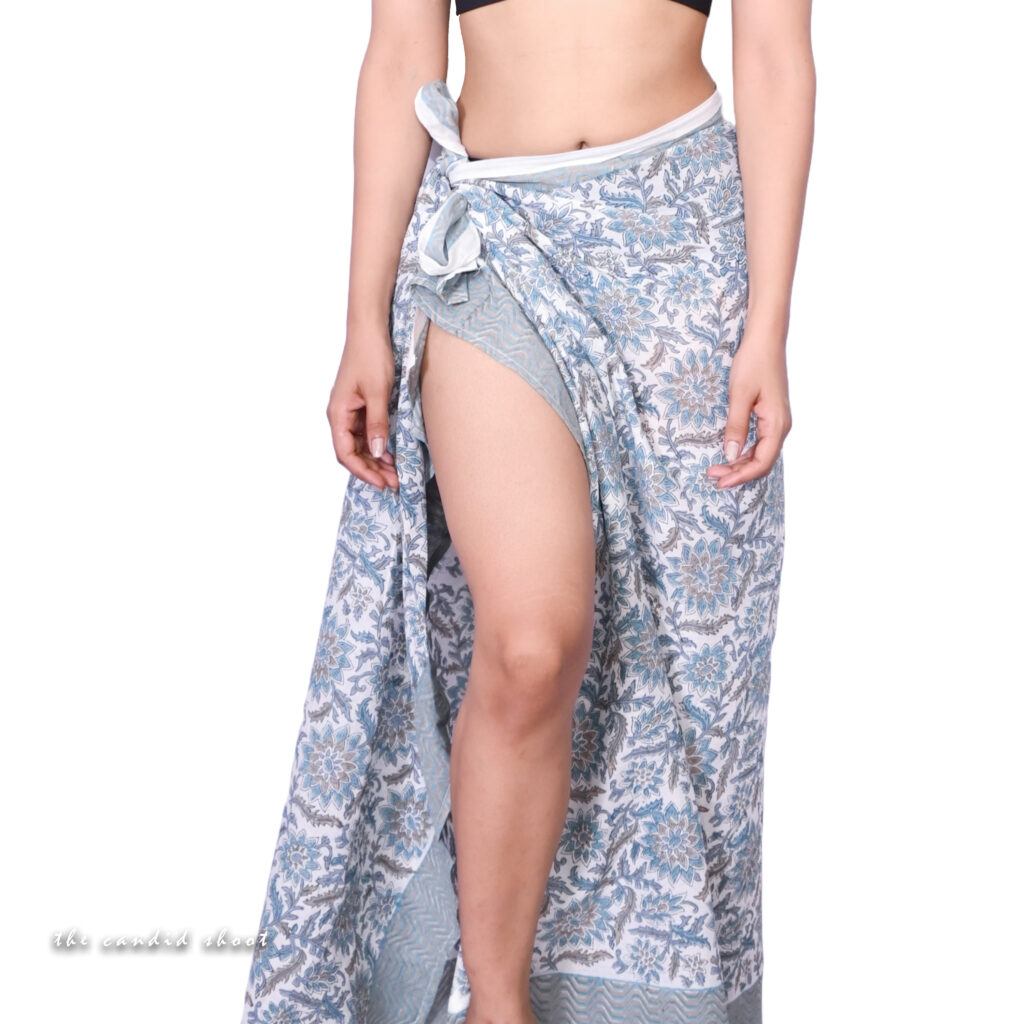
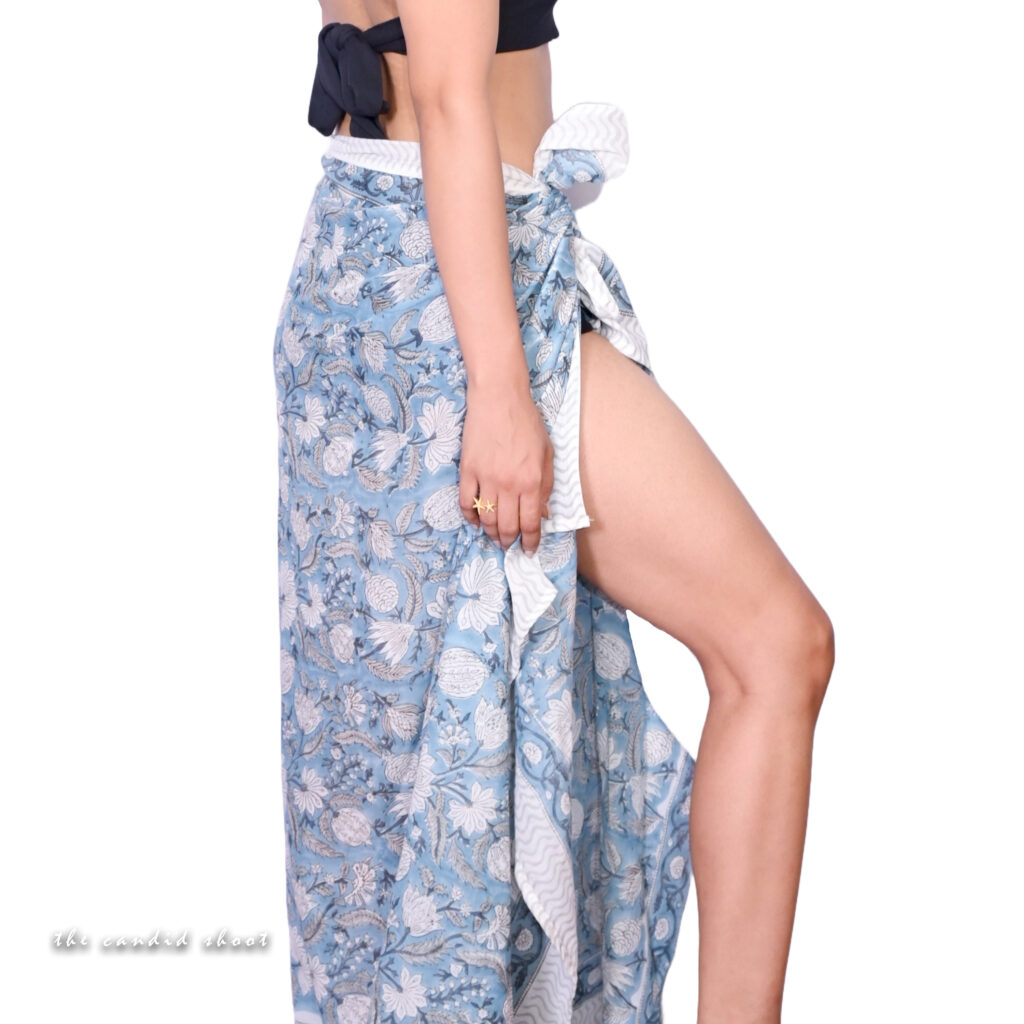
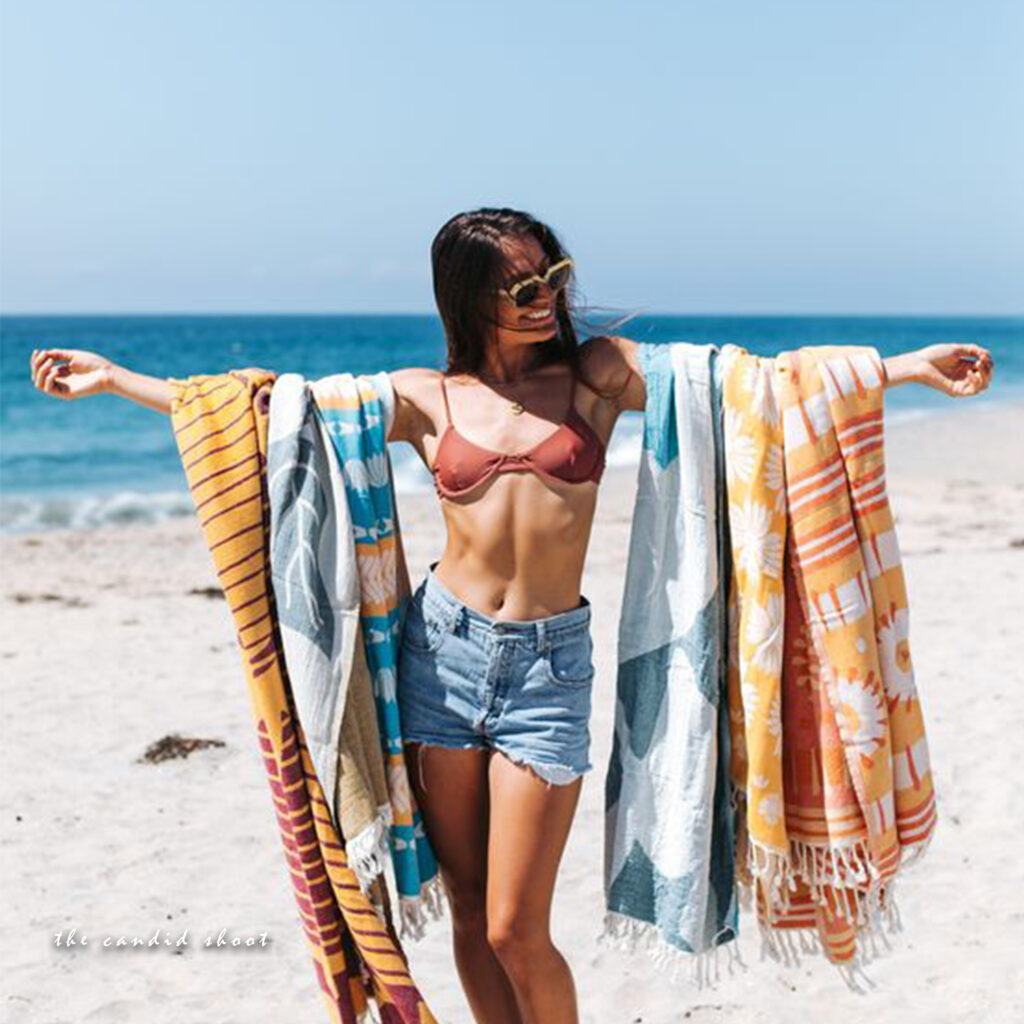
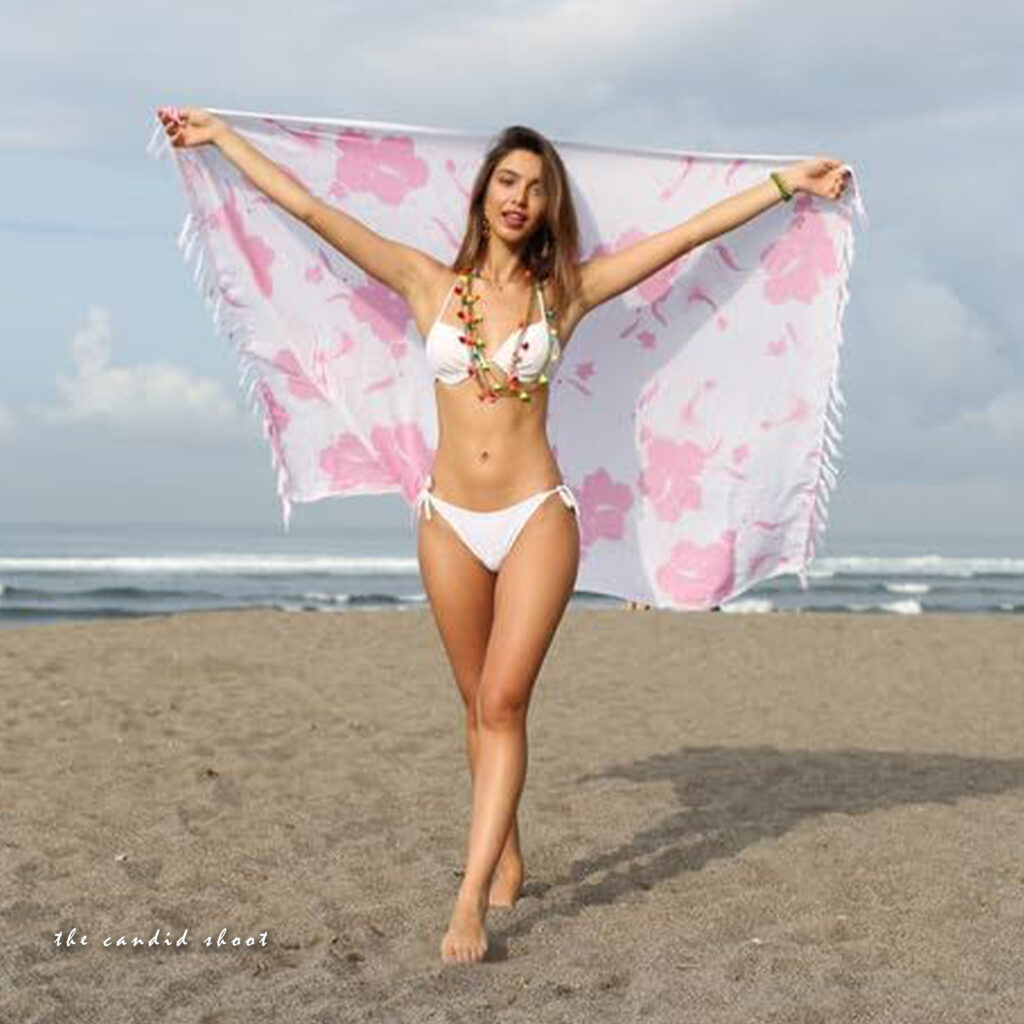
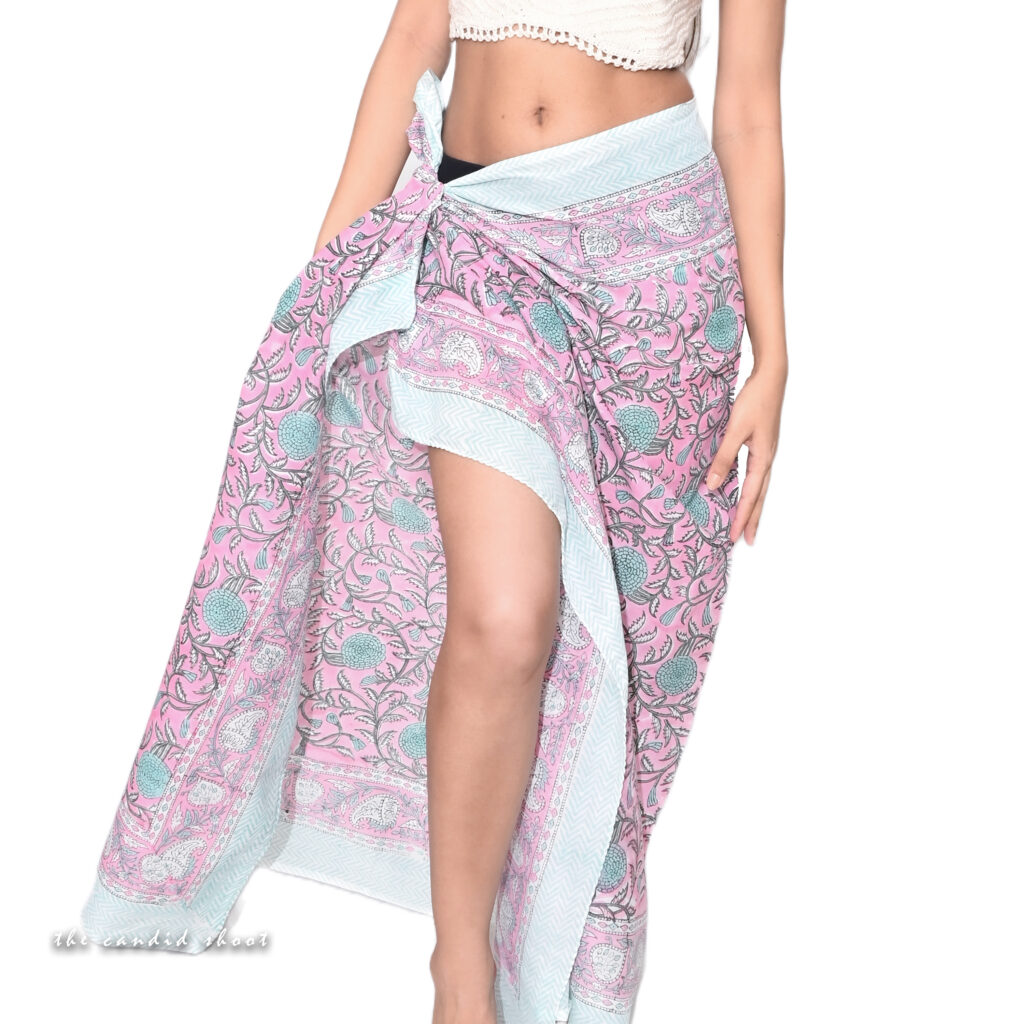
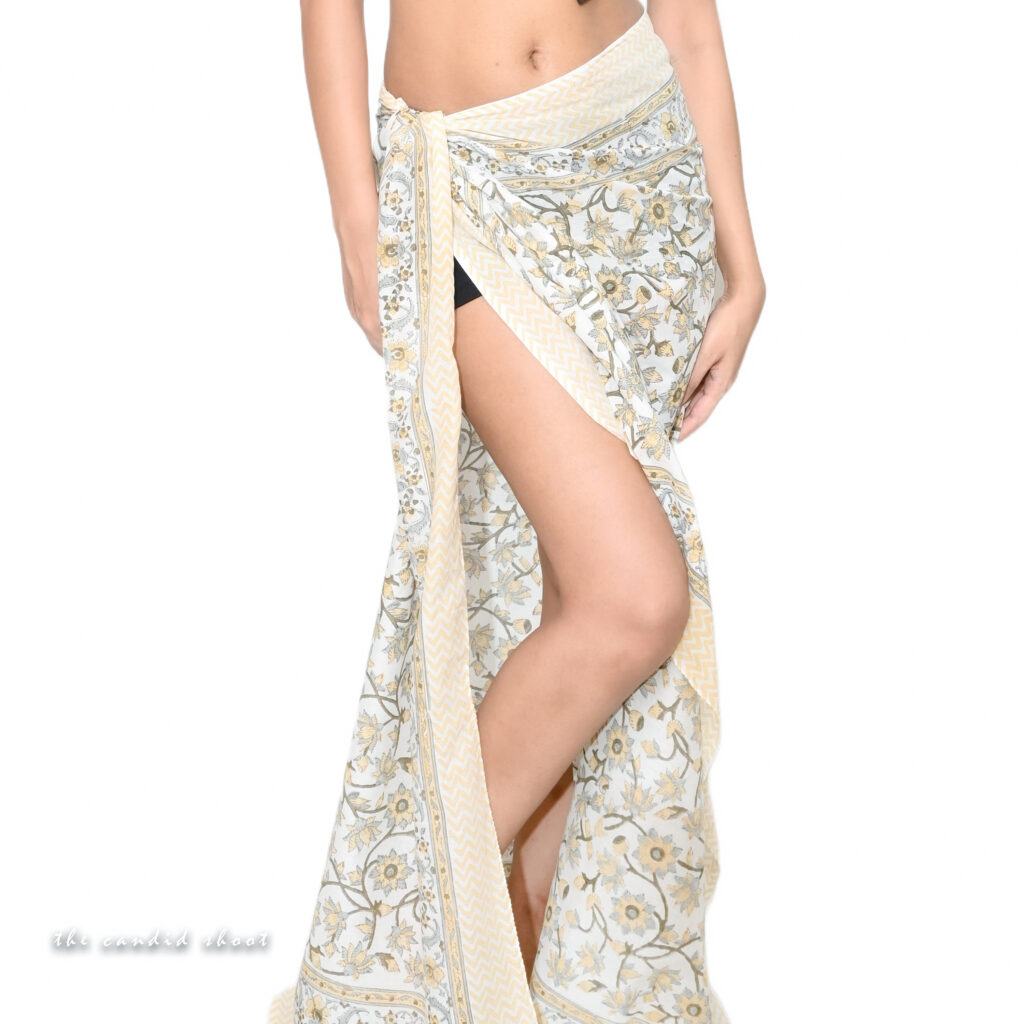
3. Essential Equipment for Sarong Product Photography
3.1 Camera and Lens Recommendations
- DSLR or Mirrorless Cameras: Provide high-resolution images.
- Macro Lenses: Perfect for capturing intricate designs.
- Zoom Lenses: Ideal for lifestyle or full-body shots.
3.2 Lighting Essentials
- Softboxes: Create soft, even lighting to highlight fabric details.
- Ring Lights: Enhance the sarong’s sheen and reduce shadows.
- Reflectors: Adjust natural light for outdoor shoots.
3.3 Additional Tools
- Mannequins or Hangers: For displaying sarongs in product-focused shots.
- Tripods: Ensure stability and uniformity in framing.
- Steamers: Keep sarongs wrinkle-free.
4. Styling Sarongs for Product Photography
4.1 Demonstrating Versatility
- As a Dress: Show how sarongs can be wrapped as a casual dress.
- Beachwear: Style sarongs as skirts or wraps for beach settings.
- Home Décor: Highlight sarongs as table runners or wall hangings.
4.2 Accessorizing for Context
- Use hats, sandals, or bags for lifestyle-oriented product photos.
- Pair sarongs with complementary clothing items to enhance their appeal.
4.3 Cultural Representation
- Respect cultural authenticity when styling traditional sarongs.
- Provide context through captions or descriptions about the sarong’s origin.
5. Posing Techniques for Sarong Models
5.1 Highlighting Fabric Movement
- Ask the model to twirl or sway, capturing the flow of the fabric.
- Use wind machines for subtle motion in studio settings.
5.2 Close-Up Poses
- Highlight intricate patterns with zoomed-in shots of the fabric.
- Focus on tied knots or styled edges for detail-oriented buyers.
5.3 Full-Length Poses
- Showcase the sarong in its entirety, from top to hem.
- Use angled poses to emphasize versatility and styling options.
6. Mastering Lighting for Sarong Product Photography
6.1 Studio Lighting Tips
- Use three-point lighting (key, fill, and backlight) to eliminate shadows.
- Opt for daylight-mimicking bulbs to keep colors true.
6.2 Natural Lighting for Sarongs
- Shoot during golden hour for a warm glow.
- Avoid direct sunlight to prevent overexposure or harsh shadows.
6.3 Reflective Techniques
- Highlight metallic or shimmer details using targeted lighting.
- Use reflectors to add subtle highlights to the fabric.
7. Composition for Eye-Catching Sarong Photos
7.1 Rule of Thirds
- Position the sarong or model off-center to create dynamic interest.
7.2 Minimalist Backgrounds
- Use plain or lightly textured backdrops to let the sarong stand out.
7.3 Incorporating Props
- Include items like beach sand, tropical leaves, or wooden accents to add context.
8. Capturing Sarong Close-Ups
8.1 Importance of Detail Shots
- Customers often want to see fabric texture, stitching, and pattern quality.
8.2 Macro Photography Tips
- Use a macro lens to highlight embroidery or unique textures.
- Focus on small details like tassels or printed logos.
8.3 Lighting for Close-Ups
- Use diffused light to avoid harsh shadows in detail shots.
9. Post-Processing Sarong Product Photos
9.1 Editing Essentials
- Adjust brightness and contrast to enhance fabric details.
- Use saturation adjustments to bring out vibrant colors.
9.2 Background Removal
- Use software like Photoshop to create transparent or white backgrounds.
9.3 Consistent Branding
- Apply similar color grading or filters for a cohesive look across your e-commerce site.
10. Common Mistakes and How to Avoid Them
10.1 Overediting
- Maintain authenticity; avoid altering colors or textures too much.
10.2 Neglecting Context
- Show how sarongs can be used or styled in real life to inspire buyers.
10.3 Poor Lighting Choices
- Always test your lighting setup before starting the shoot.
11. Showcasing Sarong Product Photos Online
11.1 Optimizing for E-Commerce
- Use multiple images per product (front, back, close-up).
- Include lifestyle shots to inspire customers.
11.2 SEO Best Practices
- Use descriptive alt text like “Hand-painted blue sarong on beach model.”
- Name image files with keywords, e.g., “red-floral-sarong.jpg.”
11.3 Engaging Descriptions
- Pair photos with detailed descriptions of fabric, size, and styling options.
12. Sarong Photography Trends in 2025
12.1 Sustainability Focus
- Highlight eco-friendly sarongs made from organic materials.
12.2 Cultural Storytelling
- Share the cultural history behind sarong designs in your photos.
12.3 Interactive 360-Degree Photos
- Offer interactive views that let customers explore the sarong from all angles.
Conclusion: Perfecting Your Sarong Product Photography
Creating stunning sarong product photos for e-commerce requires careful planning, the right equipment, and a creative approach. By mastering lighting, composition, and styling, you can produce images that not only capture attention but also drive conversions. With these tips and techniques, your sarong product photography will stand out in the competitive e-commerce market.

Mobile Photography Hacks: Candid Moments with Your Phone
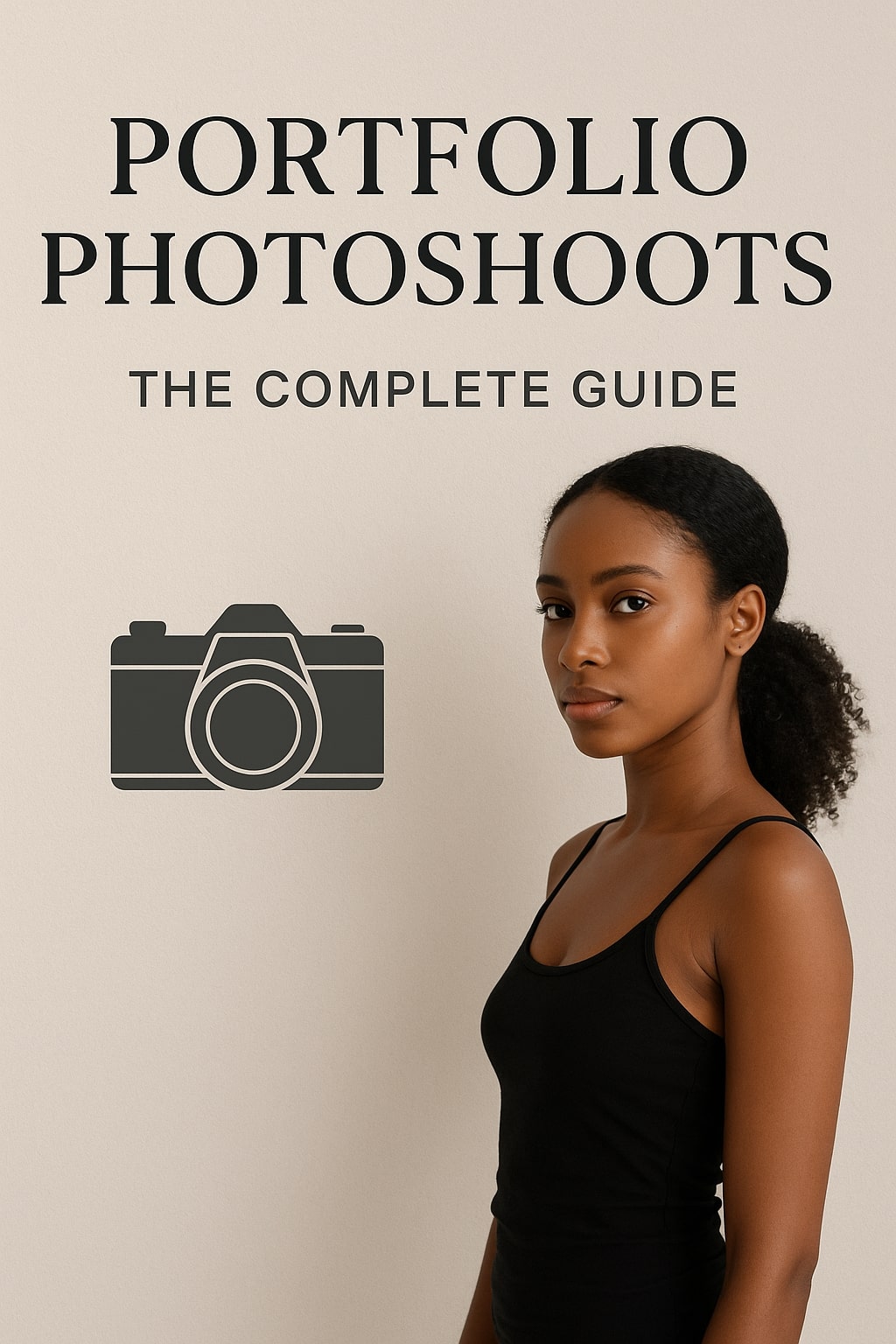
Professional Model & Portfolio Photoshoots: Show Your Best Work
-
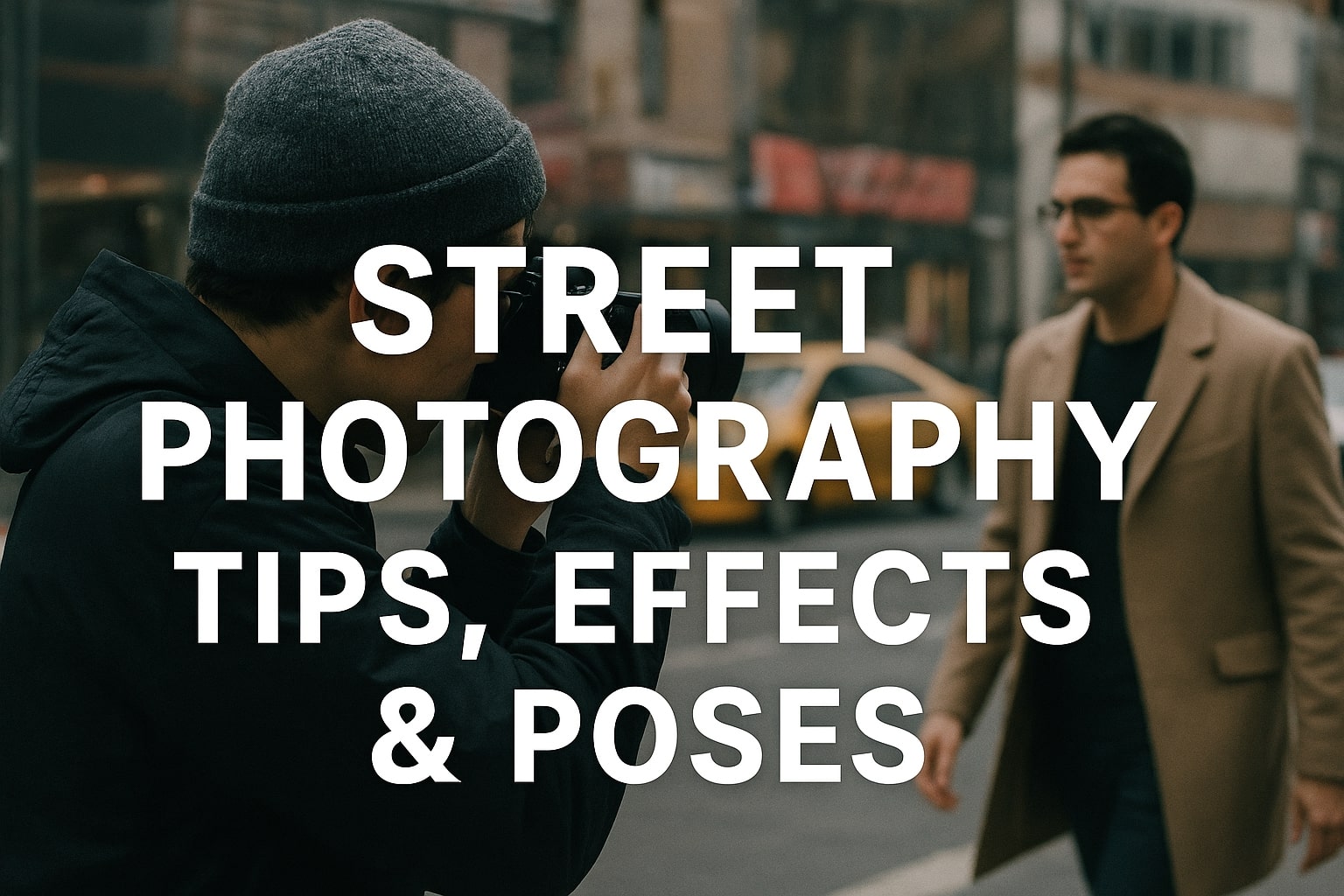
Street Photography Tips, Effects & Poses – Complete Guide
-
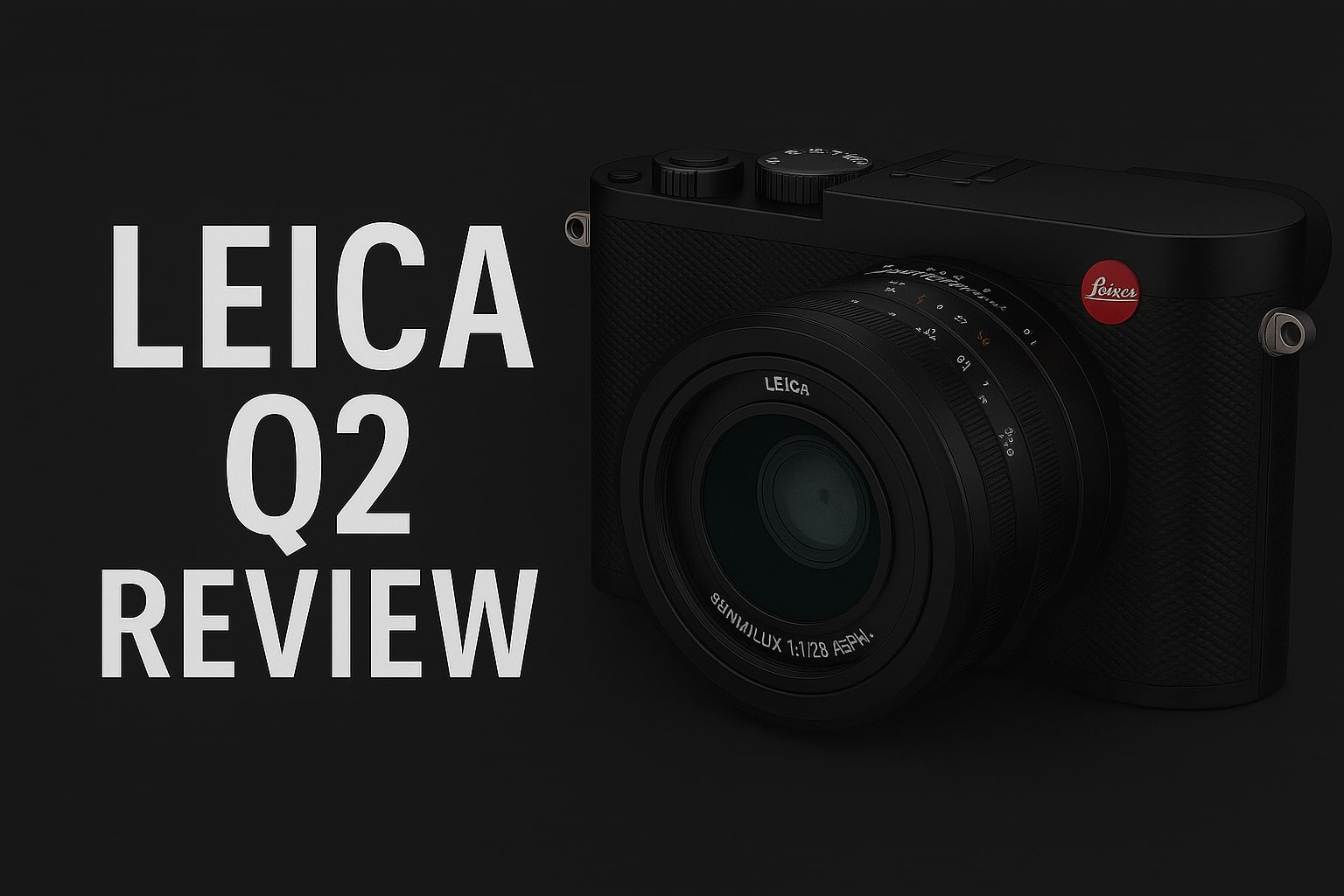
Leica Q2 for Photography: Why It’s Loved by Photographers
Mobile Photography Hacks: Candid Moments with Your Phone
Discover high-impact mobile photography hacks to capture genuine, gorgeous candid moments with your phone. Learn practical tips, composition secrets, and pro techniques to turn everyday scenes into stunning visual stories. Introduction: The New Age of Mobile Photography Photography has evolved beyond heavy cameras, technical jargon, and expensive equipment. Today, the power to capture extraordinary moments
Professional Model & Portfolio Photoshoots: Show Your Best Work
” Discover how to plan, style, and execute stunning portfolio photoshoots that showcase your skills, personality, and versatility. This comprehensive guide covers professional tips, posing ideas, gear suggestions, and industry insights for models and photographers.” Introduction – Why Portfolio Photoshoots Are the Cornerstone of a Photographer’s Career A well-crafted portfolio photoshoot is more than a
Street Photography Tips, Effects & Poses – Complete Guide
Discover the ultimate guide to Street Photography with expert tips, creative effects, and dynamic poses. Learn how to capture authentic urban moments, master composition, and tell powerful visual stories through your lens. Article Outline 1. Introduction to Street Photography Street Photography is more than just taking pictures of people in public spaces — it’s about
Leica Q2 for Photography: Why It’s Loved by Photographers
Introduction: The Cult Status of the Leica Q2 The Leica Q2 is not just a camera—it’s a statement. Combining the heritage of German precision engineering with modern digital excellence, it holds a special place in the hearts of professional and passionate photographers alike. With its full-frame sensor, prime Summilux lens, and minimalist design, the Q2
Top Cameras Under ₹1 Lakh for Freelance Photography
Freelance photography is no longer a niche—it’s a booming creative profession that demands not only vision and hustle but also the right gear. Your camera isn’t just a tool; it’s your storytelling partner. If you’re a freelance photographer aiming to balance performance, versatility, and budget, investing in a cameras under ₹1 lakh can offer the
Top Features of Nikon D850 That Make It Ideal for Photoshoots
Explore the top features of the Nikon D850 that make it a powerhouse for photoshoots. From exceptional resolution to dynamic range, this detailed Nikon D850 guide is built for professional and aspiring photographers. 1. Introduction When Nikon launched the D850, it quickly earned a reputation as a flagship DSLR that redefined what photographers could expect
